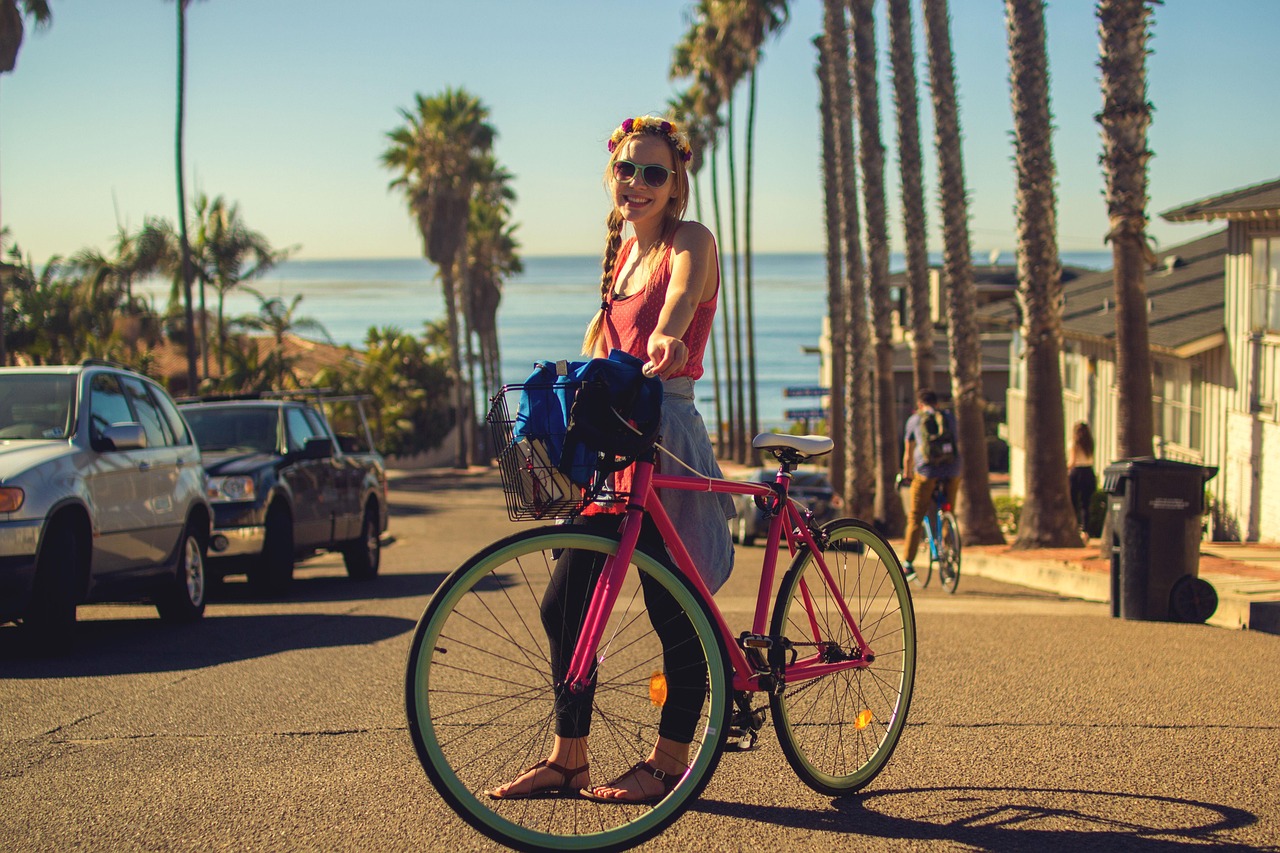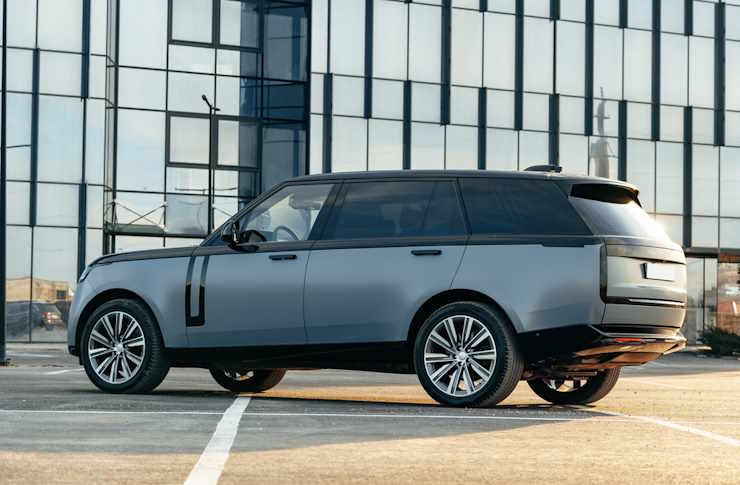Rediscovering the Charm of Bicycle Tourism
In an era where speed and convenience define the essence of travel, there's an unconventional trend that has been subtly gaining momentum – bicycle tourism. This mode of travel is not about reaching a destination at the fastest or easiest way possible but about embracing the journey itself. It involves a blend of adventure, exploration, and physical activity, all while maintaining a minimal carbon footprint.

A Ride Back in Time: The Origins of Bicycle Tourism
The bicycle, since its invention in the 19th century, has been a symbol of freedom and mobility. It was initially used as a means of transportation within cities and towns. However, the advent of the safety bicycle – a model with equal-sized wheels and a chain drive – in the 1880s, brought a revolution in the world of travel. It became a tool for exploration and adventure, enabling people to undertake long journeys at their own pace.
Bicycle tourism started to gain popularity in the early 20th century. Travelers began to see the appeal of slow-paced, immersive journeys that allowed them to truly connect with the landscapes they were passing through. This marked the beginning of a travel trend that, while not mainstream, has endured and evolved over the years.
Bicycle Tourism Today: A Fresh Spin on Travel
Today, bicycle tourism is an increasingly popular niche within the travel industry. It is a form of sustainable tourism that combines the thrill of exploration with the benefits of physical activity. This type of travel is not about ticking off destinations on a checklist but about immersing oneself in the journey, experiencing the nuances of the local culture, and enjoying the natural landscapes at a leisurely pace.
Bicycle tourism can range from leisurely day trips to rigorous multi-day expeditions, making it a flexible travel option that can be tailored to individual preferences. It is also an inclusive form of travel, open to people of all ages and fitness levels.
Pros and Cons: Weighing the Wheels
Like any travel style, bicycle tourism has its advantages and challenges. On the plus side, it offers a low-cost and environmentally friendly way to travel. It provides a unique way to experience a destination, fostering a closer connection with the local culture and environment. It also promotes physical fitness and mental well-being.
On the downside, bicycle tourism can be physically demanding and requires a certain level of fitness and preparation. Moreover, it is dependent on weather conditions and requires careful planning, particularly for long-distance journeys.
Despite these challenges, the impact of bicycle tourism on travelers and the destinations they visit is overwhelmingly positive. It promotes sustainable tourism practices, supports local economies, and offers an enriching and rewarding travel experience.
Traveling on Two Wheels: What to Know
- Choosing the Right Bike: Opt for a sturdy, reliable bicycle designed for long-distance travel. Touring bicycles are a popular choice as they are designed to carry heavy loads and handle different terrains.
- Planning Your Route: Research your route thoroughly. Consider the terrain, weather conditions, and availability of accommodations and food along the way.
- Packing Essentials: Pack light but ensure you have essential items such as a helmet, spare parts, a repair kit, water bottles, and weather-appropriate clothing.
- Staying Safe: Always follow local traffic rules and maintain a high level of visibility on the road. Also, keep your belongings secure and carry a first-aid kit.
- Embracing Flexibility: Be prepared to adjust your plans as needed. The beauty of bicycle tourism lies in its flexibility and spontaneity.
The Final Stretch: Embracing the Journey
Bicycle tourism offers a refreshing perspective on travel, compelling us to slow down and appreciate the journey rather than rushing towards the destination. It’s about embracing the rhythm of the road, the thrill of discovery, and the joy of being in the moment. So, gear up and pedal your way to an unforgettable adventure, because, as they say, life is like riding a bicycle – to keep your balance, you must keep moving.





